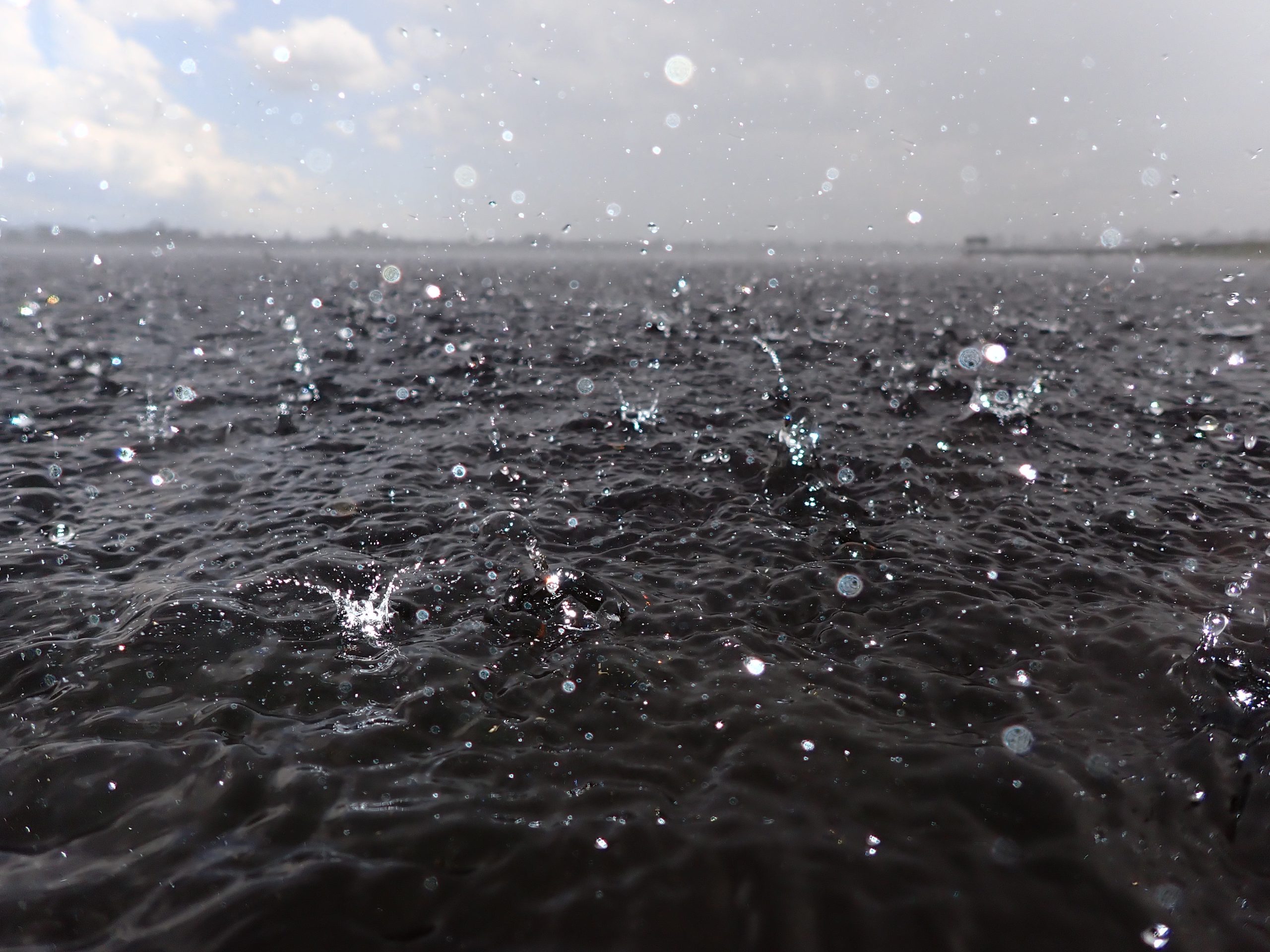We are right in the middle of hurricane season here in Florida, and much of the state is experiencing the last remnants of Tropical Storm Debby. In Highlands County, we got by without much damage, but things did get windy and wet. Other areas have not been so lucky, including the Big Bend region who experienced the hurricane making landfall before being downgraded to a tropical storm. Our neighbors over in Manatee County are still experiencing severe flooding.
Increased frequency and intensity of precipitation can be attributed to a changing climate. Although year-to-year precipitation levels remain steady, precipitation patterns are changing. According to NASA, this is caused by rising temperatures intensifying the global water cycle, which increases evaporation; this increased evaporation causes more intense storms including tropical storms and hurricanes. The changes in precipitation are seen in longer stretches of dry periods between rains, and heavier rain during these events. According to the Environmental Protection Agency (EPA), heavy precipitation can cause crop damage, soil erosion, increased flood risk, and water quality issues.

Natural resources and managed lands provide services that are integral to flood resilience. For example, lakes—of which Highlands County has more than 100 — provide flood protection by collecting runoff and storing water.
Wetlands and natural areas are lost every year. According to a 2023 report by Archbold Biological Station and the University of Florida Water Institute, as of 2022, 44% of wetlands and natural areas were lost in Florida and 50% across North America. This loss is caused by development, changes in our climate, and habit fragmentation. The decrease of natural lands also decreases the water storage services that these areas provide.
Undeveloped lands—including natural areas, farmland, and ranchland—play an essential role in mitigating the impacts of flooding. Pastureland and ranches can retain water without compromising grass growth for cattle, increasing the capacity of the regional drainage system, says Benita Whalen, P.E., President of Dispersed Management LLC, who spent more than 20 years at the South Florida Water Management District (SFWMD).
When some level of development is necessary, adding water storage or flood control to accommodate the changed landscape can be vital. Many farms, ranches, and working lands have water storage mechanisms, from retention ponds to large-scale stormwater storage.
“We’re all recognizing the importance of and need for collecting stormwater, slowing the system down, providing opportunities to ‘recharge’ [the process where water moves from the surface into the ground], and avoid sending unwanted water to the coast,” says Ben Butler, manager of Butler Oaks Farm and governing board member of SFWMD.
One way to do this is via dispersed water management, the process of redistributing shallow water across parcel landscape using natural features and simple structures. There’s a wide range and scale in opportunities to fit working lands, which in turn benefits the natural environment and its inhabitants. According to Whalen, no matter the size of your operation, there’s something you can do to aid in water management.
The following programs are available for landowners, who can work with agencies on water retention and abatement:
- Climate-Smart EQIP offered by NRCS
- Wetland Reserve Easements program offered by NRCS
- Dispersed Water Management by SFWMD is preparing a second round of RFPs
- Water Farming and Storage incentives offered by SFWMD
This blog post is inspired by an article published in the Highlands News-Sun on July 28, 2024.
 0
0
